Introduction
Color has the power to transform a space, and coastal-inspired color palettes are the perfect way to bring tranquility, warmth, and elegance into your home. These palettes are drawn from the natural beauty of the seaside – think ocean blues, sandy neutrals, and soft sunlit hues. Whether you want to create a calming bedroom retreat, a breezy living room, or a cheerful kitchen, coastal colors have the versatility to suit any space.
I remember the first time I used a coastal palette in my home. My living room was painted a deep, bold color that felt heavy and dark. I decided to repaint it in a soft blue-gray inspired by the sea, paired with crisp white trim and sandy beige accents. The transformation was magical – my living room felt brighter, more open, and infinitely more inviting. Now, every time I step into that space, it feels like a breath of fresh ocean air.
If you’re ready to give your home a fresh, seaside-inspired look, this guide will show you how to use coastal color palettes to create a space that feels calm, cohesive, and effortlessly beautiful.
The Perfect Design for You
Coastal-inspired color palettes are perfect for anyone who wants to infuse their home with a sense of serenity and timelessness. They’re especially ideal for creating spaces that feel light, bright, and welcoming, whether you live near the coast or in a bustling city.
Picture a dining room with walls painted in a soothing seafoam green, accented with white wainscoting and driftwood-toned furniture. Or imagine a bedroom with soft gray-blue walls, white linen bedding, and touches of sandy beige in the rug and throw pillows. Coastal palettes are versatile, working in both modern and traditional interiors, and they never go out of style.
Picture Gallery
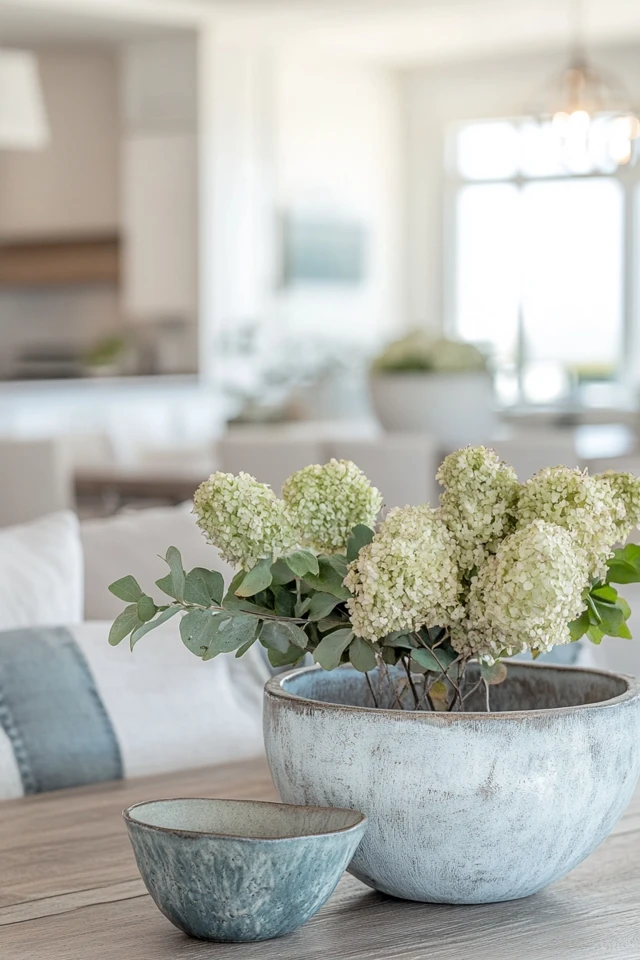
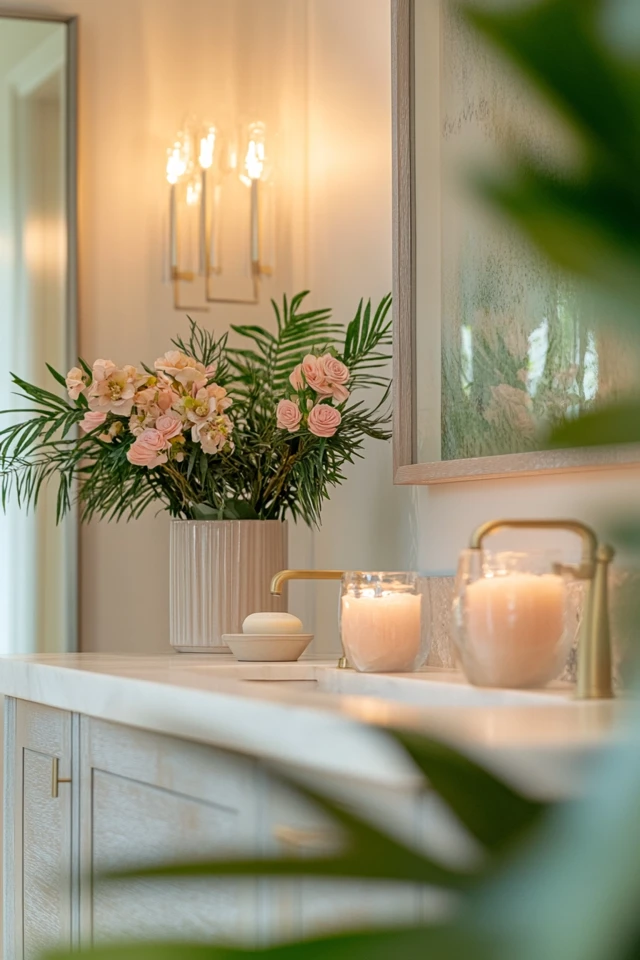


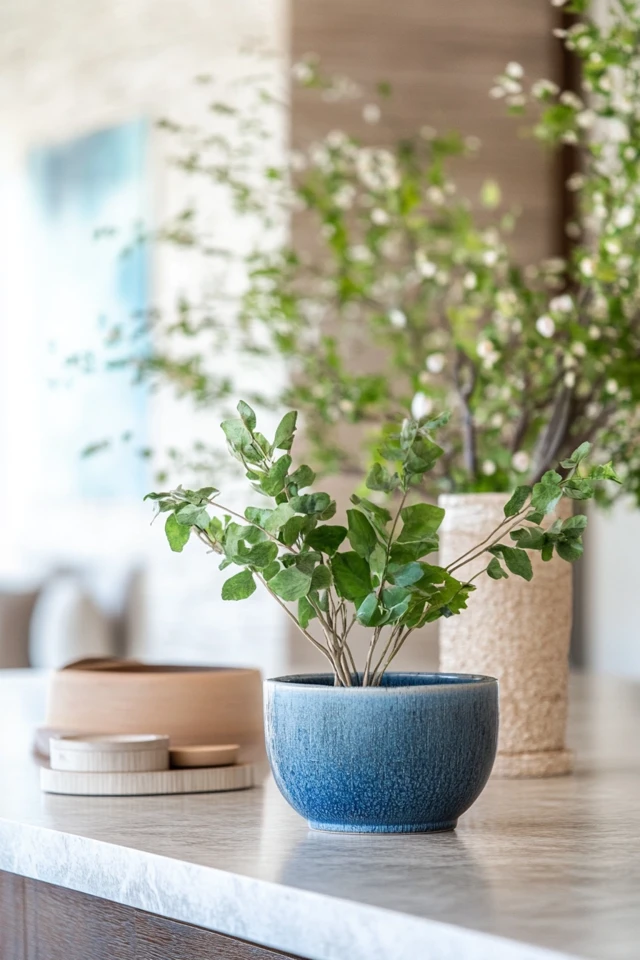
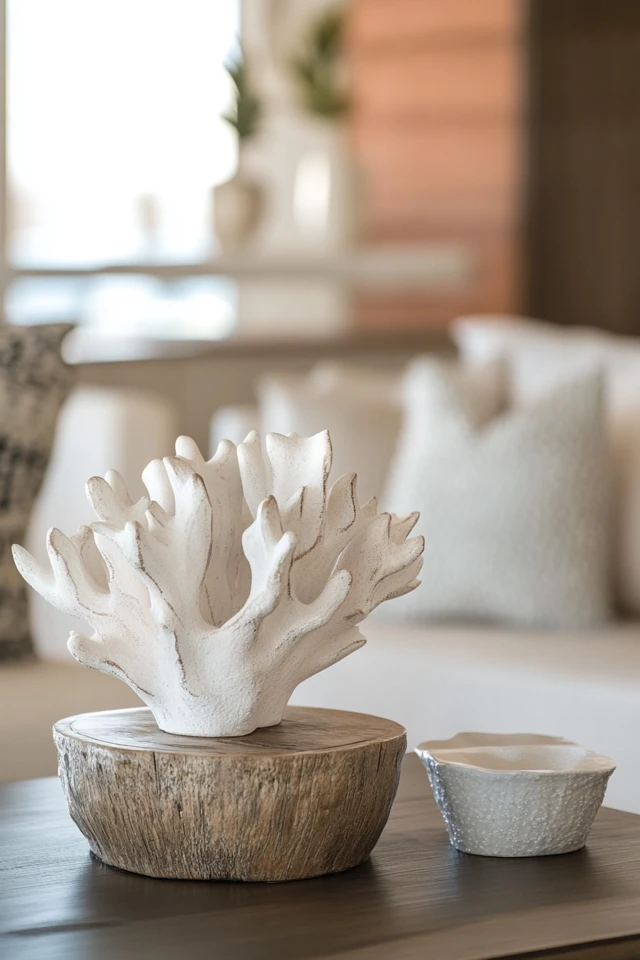

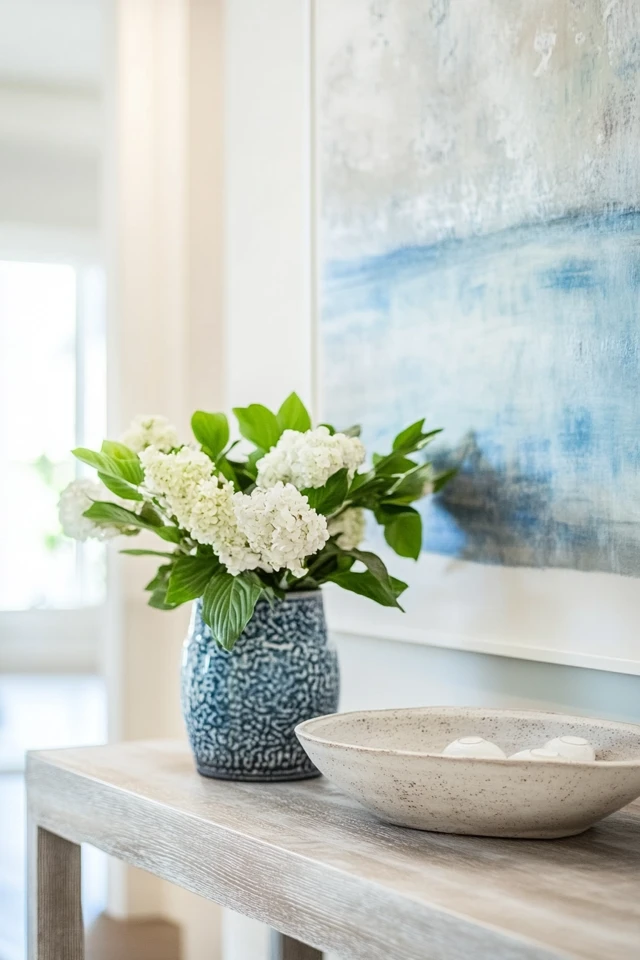
Why Coastal-Inspired Color Palettes Work
Coastal color palettes are rooted in nature, which makes them inherently calming and easy to live with. Here’s why they’re so effective:
- Promote Relaxation: Soft, muted tones like blues, whites, and neutrals create a peaceful atmosphere.
- Brighten Spaces: Light, airy colors reflect natural light, making rooms feel larger and more open.
- Timeless Appeal: Coastal palettes are classic and versatile, blending seamlessly with various design styles.
- Connect to Nature: These palettes mimic the colors of the beach, ocean, and sky, bringing a sense of the outdoors inside.
- Encourage Cohesion: Coastal colors pair beautifully with natural materials like wood, rattan, and linen, creating a harmonious look.
How to Use Coastal-Inspired Color Palettes to Transform Your Space
1. Choose a Coastal Color Palette as Your Foundation
Start by selecting a base palette of three to five complementary colors inspired by the coast. Examples include:
- Classic Coastal: Soft blues, crisp whites, and sandy beiges.
- Modern Coastal: Muted gray-blues, charcoal, and clean whites.
- Tropical Coastal: Aqua, teal, sunny yellow, and coral accents.
- Rustic Coastal: Weathered grays, off-whites, and earthy greens.
Tip: Use paint swatches or online tools like color visualizers to experiment with combinations before committing.
2. Paint Walls in Soft, Breezy Tones
The color of your walls will set the tone for your coastal-inspired space. Some great options include:
- Seafoam Green: Perfect for bedrooms or bathrooms, this shade feels fresh and soothing.
- Gray-Blue: A sophisticated option for living rooms or kitchens.
- Crisp White: Ideal for trim, ceilings, and creating a bright, open feel.
Paint Picks:
- “Rainwashed” by Sherwin-Williams (soft green-blue)
- “Gentle Tide” by Benjamin Moore (pale gray-green)
- “Simply White” by Benjamin Moore (clean, bright white)
3. Layer Neutrals for Depth
Neutrals are a key part of coastal palettes, adding warmth and balance to cooler tones:
- Use sandy beige or driftwood gray in furniture, rugs, or throw pillows.
- Incorporate natural textures like jute, sisal, or linen for added depth.
- Pair crisp whites with warmer off-whites or ivory tones for a layered look.
4. Add Pops of Coastal Accent Colors
Bring energy to your space by incorporating bold yet refined coastal accents:
- Use navy blue in artwork, throw pillows, or curtains for a dramatic yet timeless touch.
- Add coral or sunny yellow accents in small doses, such as vases or tableware.
- Incorporate aqua or teal through decorative accessories for a playful, tropical vibe.
5. Incorporate Natural Wood Tones
Complement your color palette with wood finishes inspired by the coast:
- Choose light, weathered wood for furniture like dining tables or coffee tables.
- Add rattan or wicker accents, such as chairs or baskets.
- Use darker wood sparingly for contrast, like a walnut sideboard or picture frames.
6. Coordinate with Textiles
Use textiles to tie your coastal color palette together and add coziness to your space:
- Layer throw pillows and blankets in various shades of blue and neutral tones.
- Add a striped or patterned area rug in coastal hues to ground the room.
- Opt for linen or cotton curtains in white or soft blue for a breezy look.
7. Incorporate Coastal-Inspired Artwork
Choose art that reflects your color palette and enhances the coastal theme:
- Abstract seascapes or ocean wave prints in blue and white.
- Botanical prints featuring palm fronds or beach grasses.
- Black-and-white photography of beaches or lighthouses for a modern touch.
8. Bring in Greenery
Add life to your space with plants that complement the coastal aesthetic:
- Use potted palms or ferns to bring a touch of greenery indoors.
- Add smaller plants like succulents in ceramic or glass pots.
- Display fresh eucalyptus or beach grass in vases for a subtle, natural accent.
9. Incorporate Subtle Patterns
Patterns can add interest without overwhelming the space. For example:
- Stripes: Use in rugs, throw pillows, or curtains for a nautical touch.
- Geometric or wave patterns: Incorporate in accent pieces like trays or textiles.
- Floral or botanical motifs: Choose subtle prints in muted tones for bedding or upholstery.
10. Layer Lighting to Enhance Colors
The right lighting will highlight your coastal palette and create a relaxing ambiance:
- Use natural light as much as possible to make colors feel fresh and vibrant.
- Add table lamps or sconces with soft, warm bulbs for evening lighting.
- Incorporate pendant lights with rattan or linen shades for a beachy feel.
FAQ Section
1. How do I avoid making my space feel too “themed” with coastal colors?
Stick to subtle, natural tones and textures instead of overt nautical motifs. Focus on creating a cohesive palette rather than incorporating literal elements like anchors or ship wheels.
2. Can I use coastal palettes in a darker room?
Yes! Choose lighter shades like crisp white, soft gray, or pastel blues to brighten the space. Use mirrors strategically to reflect light, and incorporate warm lighting to enhance the colors.
3. What’s the best way to balance cool and warm tones in a coastal palette?
Pair cooler shades like blue and green with warm neutrals like beige, driftwood, or ivory. Adding natural wood tones or warm metallics like brass can also help balance the look.
4. Can coastal palettes work in modern or industrial spaces?
Absolutely! Use a more muted coastal palette with gray-blues and charcoal tones. Pair them with sleek, minimalist furniture or industrial materials like concrete and metal for a modern twist.
5. How do I create a cohesive coastal palette throughout my home?
Choose a consistent base palette and vary the emphasis of colors in each room. For example, use blue as a dominant color in the living room and as an accent in the bedroom, while keeping whites and neutrals consistent throughout.
Variations
- Classic Coastal Palette: Crisp white, navy blue, and sandy beige for a timeless, nautical look.
- Modern Coastal Palette: Muted gray-blues, clean whites, and charcoal for a sophisticated, contemporary feel.
- Tropical Coastal Palette: Aqua, coral, and sunny yellow paired with crisp white for a vibrant, playful vibe.
- Rustic Coastal Palette: Weathered grays, earthy greens, and off-whites for a cozy, farmhouse-inspired aesthetic.
- Luxury Coastal Palette: Soft blues, gold accents, and ivory tones paired with polished materials for an upscale retreat.
Conclusion
Coastal-inspired color palettes are a powerful tool for transforming your space into a serene and inviting haven. By choosing the right shades, layering textures, and incorporating natural elements, you can create a home that feels fresh, timeless, and effortlessly beautiful.
Whether you’re refreshing one room or your entire home, these tips will help you design a cohesive and calming space inspired by the colors of the coast. I’d love to see how you’ve used coastal palettes in your home – share your photos and ideas, and let’s inspire each other to create homes that reflect the beauty of the seaside!


